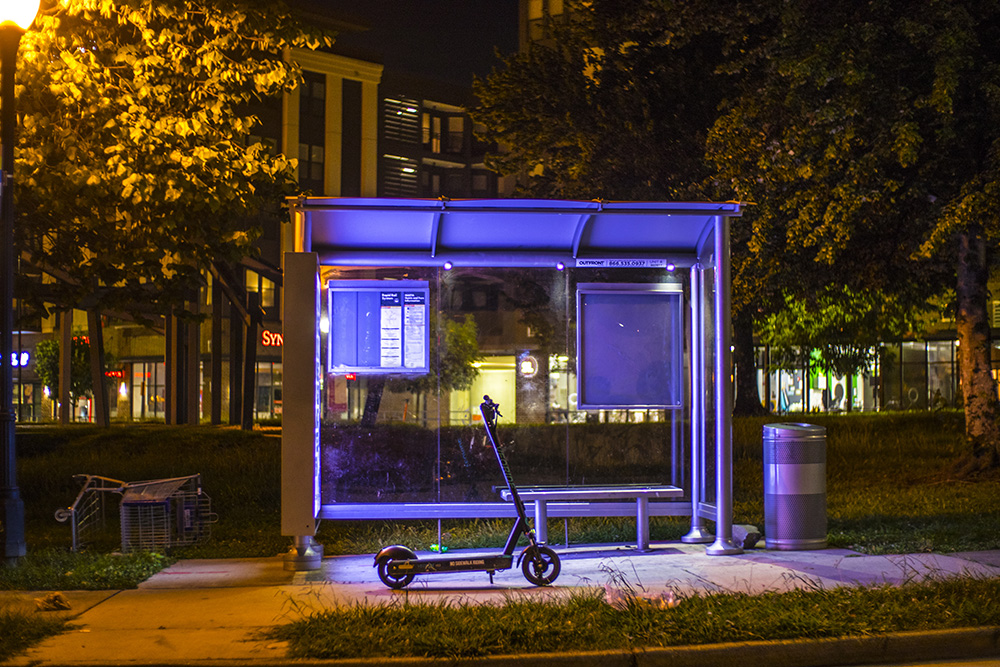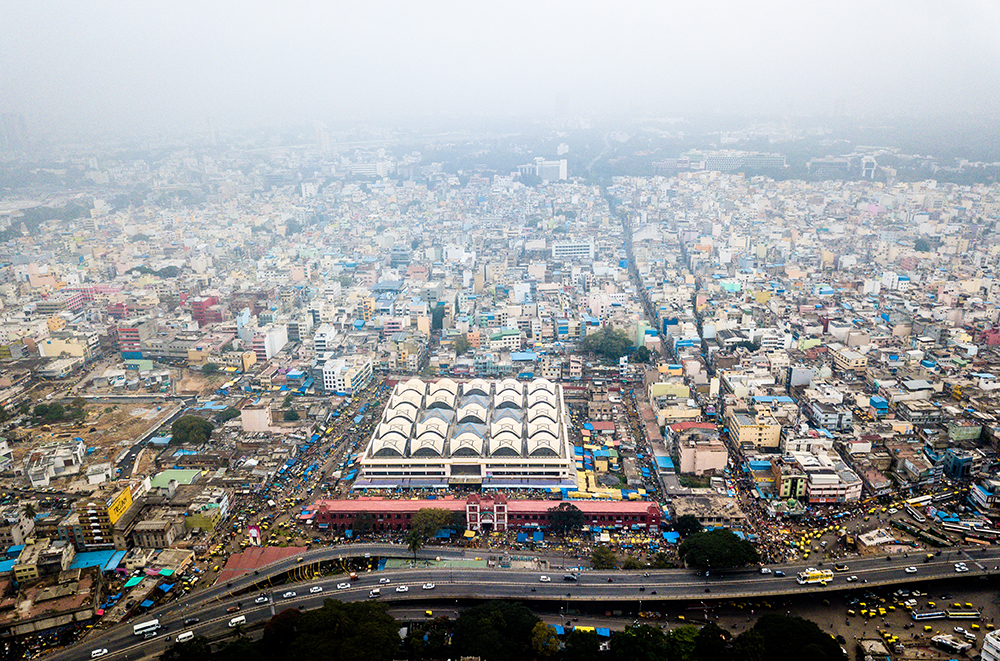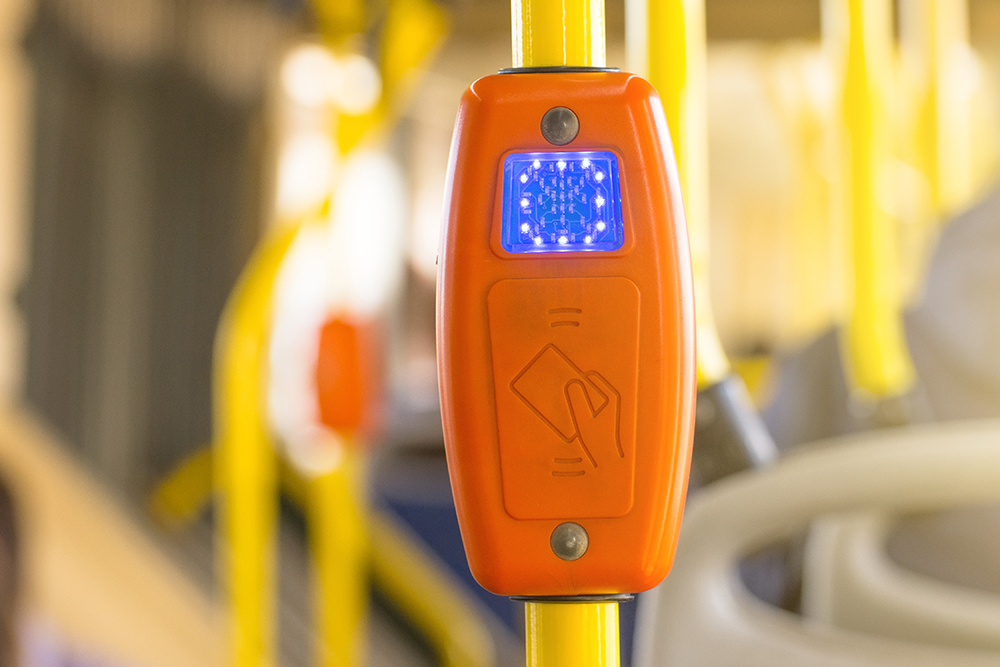
New developments in public transit routeing and scheduling technology are combining with growing pressures to meet tightening environmental targets to open up new market opportunities for demand-responsive transport (DRT) as a major factor in reducing car use.
It is a sector historically dominated by community transport, also called paratransit in the US, which has aimed generally to cater for people with mobility issues.
Analyst Frost & Sullivan predicts a sea-change in this area, with the vehicle fleet size growing from 2,500 in 2018 to more than four million by 2030, mostly in Europe and China.
Scope is already emerging for traditional commercial bus operators to develop appropriate products, to match their traditional offers, by broadening their current operational platforms.
A recent study, The Future of Demand Responsive Transport, issued by the global Institution of Mechanical Engineers, highlights a potentially “huge opportunity” for DRT to glue together major public transport arteries such as intercity rail services, with their dispersed catchment areas, as well as the more obvious area of commercial bus operation.
The result could address concerns about currently under-used capacity in both sectors, as well as tackling the continuing carbon footprint problem.
Proven efficiencies
One issue is the proven efficiencies of the single back-office platform from which bus companies are able to run a range of conventional services. This does not, however, necessarily offer the scope for the more granular approach to travel demand needed to accommodate the smaller, local community-oriented organisations to cover supporting routes in a way that can be affordable and even profitable.
Technology, however, is now indicating the way towards bridging the gap, with pressing environmental issues as a key driver. With mandatory greenhouse gas (GHG) controls operating in growing numbers of countries around the world, public transit is increasingly coming under pressure to respond to the resulting sustainability initiatives, in line with government-mandated responsibilities. A key issue is the cost of compliance.
A standard, low-emission diesel city bus currently remains the backbone of many public transport networks around the world. But taking the next step, involving wide-scale adoption of electric- or hydrogen-powered alternatives, raises issues of affordability, even given positive trends such as the falling costs of batteries.
It would be counterproductive if major operators faced cutting their services in order to compensate for the increased costs of running buses equipped with the newest technologies. This could push people back towards, rather than away from, using their cars, undoing green initiatives.

One major step forward towards making available the funding needed to support greater DRT-supporting deployment would be for governments to change the focus of their current regional and local transit project-funding competitions from being based largely on individual modes to supporting the wider concept of Mobility as a Service.
DRT could then be specifically included as a recognised mode, so gaining opportunities to demonstrate that it can be both efficient and cost saving. Competition bid preparation costs (including those of consultancy) can be disproportionately high for smaller operators.
Providers could now position themselves as part of the wider transport supply chain, with roles ranging from supporting identified passenger demand peaks to meeting specialist needs where they already have expertise.
European example
Europe is already well to the fore in the field of DRT development, with initiatives currently under way in France, Germany, the Netherlands and the UK.
Germany is an energetic player, with early 2021 seeing the start of a major DRT project by German regional transport agency Rhein-Main-Verkehrsverbund (RMV), based on using an eventual fleet of 150 electric- or hydrogen-powered shuttles.
These operate on a technology platform developed by the Ioki subsidiary of German national rail operator DB with €27m of federal government funding.
A passenger app allows user-friendly booking, the driver app provides relevant journey information and the administration tool allows monitoring and management of ongoing operations. Integration with existing transit means that avoiding searching and paying for a parking space costs a competitive €3 (US$3.7) for a 3.5km trip. Ioki has also indicated that in another German conurbation, Hamburg, DRT shuttles could save 6.5 million car-driven km a day – equating to 1,000 tonnes of CO2.
In the UK, conventional bus operator Go Ahead has recently launched a DRT scheme under a contract with a rural local government agency, enabling this to build up the necessary passenger base without incurring the issue of a revenue risk, which has sunk a number of initiatives.
Financial issue
Meanwhile, the European Union’s Last Mile project has demonstrated the scope for deploying DRT in a wide spread of tourist areas, with the dual aim of catering for visitors’ movements and offering permanent residents an alternative to car use, based on extensive ITS deployment. Despite seasonal variations in demand, the EU notes that self-funding schemes and public/private partnerships are already in operation in a number of rural areas.
A key financial issue lies in rural agencies having to balance operational costs on a very different basis from those of urban ones, with lower vehicle frequencies reflecting diffused demand and making potential rider access more difficult.
Again, rural commutes are typically longer, creating issues of costs against coverage with operators needing to optimise their routes to maximise rider numbers per vehicle hour while minimising the risk of vehicles driving round empty. Operational issues include the fact that, for rural and smaller transit agencies, the cost of individual platforms for each service type can be prohibitive.
In both Europe and the US, ageing populations are growing faster in rural areas than in urban ones, and tending to want to live at home rather than in care facilities or retirement complexes – while proving reluctant to incur the costs of car ownership. These are rider trends which indicate that there is real scope for an extension of DRT.
The Liftango method
One recent arrival in the technology support field is Liftango, which is advising on intelligent transit routeing and scheduling in Europe, North America and the Asia-Pacific Region. With the use of clean fuels and advanced technology, it calculates that DRT schemes could eliminate average annual CO2 emissions equivalent to the effect of planting 12.5 hectares of gas-absorbing forest a year.
The Australian company has developed a standardised method for calculating CO2 savings per trip, depending on vehicle type and distance driven, for shared journeys based on DRT and carpooling. An updated version is due to become available shortly.
Having begun by developing carpooling solutions to university student parking problems, the company is now focusing on the issue of transit operational systems which, CEO Kevin Orr told ITS International, tend to be “over-engineered and lack the flexibility to meet the demands of passengers today; having one that can continually optimise fleet movements can lower costs”.

He sees recent industry trends toward software consolidation as being key.
“Our simulation and analysis techniques are built using the same technology as the software used for running transit services, allowing reviews of fleet operational expenses and illuminating possible improvements and cost reductions,” he adds.
Central to its offer to transit agencies is a single technological platform capable of running conventional fixed-route, DRT and paratransit/community transport together.
Orr told ITS International: “Maximising fleet coverage while minimising operational costs is an ongoing issue.”
Property developers are one specific target area for Liftango, which has developed the technical support needed to design sites around “future mobility proposals” and thereby reduce the ratio of additional land needing to be acquired and concreted over.












